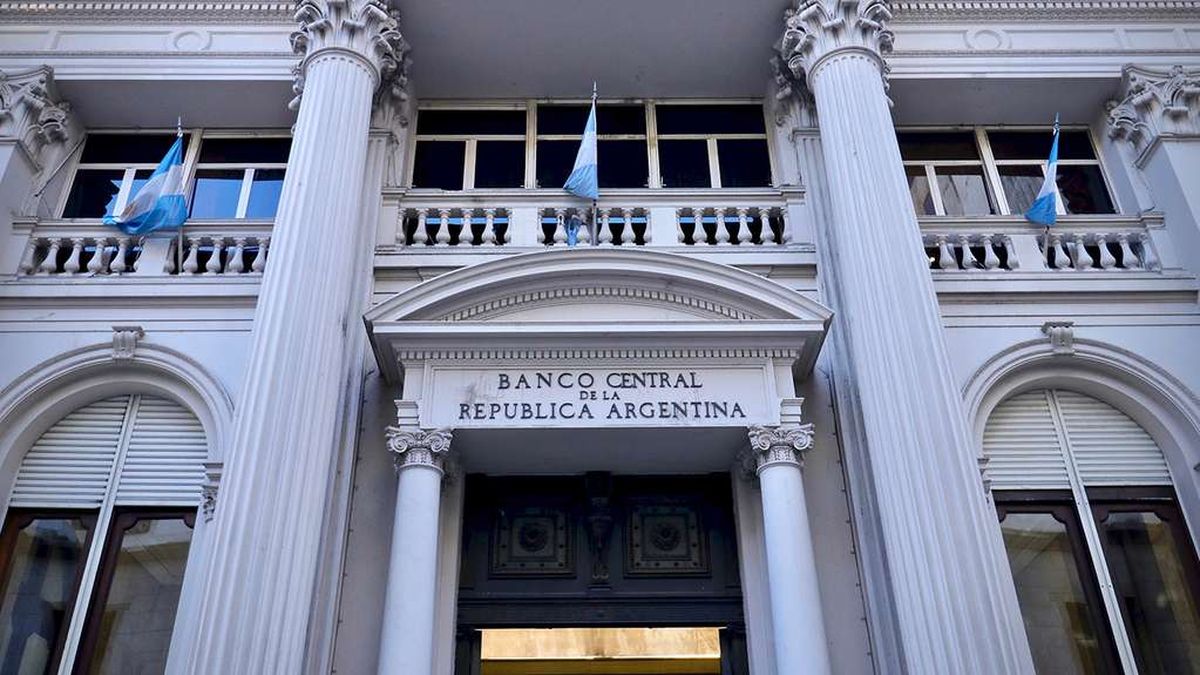The president of the Freedom and Progress Foundation, Aldo Abramconducted an interview this Saturday where he detailed a Analysis of Argentina’s economic outlook. He spoke about several topics, such as monetary policies and the inability of the Central Bank to acquire reservations.
In his statements, Abram differed from the opinions of economists such as that of Ricardo Arriazuwho had warned about the catastrophic consequences from a possible abrupt devaluation, ensuring that does not agree “that it is necessary for the official exchange rate to rise.”
“To see if a currency is devalued, what you have to look at are the exchange markets of that currency against whatever the reference is, whether it is the dollar, the euro, in the euro zone, and see how it moved. Here you have to see it against the free dollars“, Abram told Noticias Argentinas.
PAGE 5-ALDO ABRAM.jpg
The role of the Central Bank
The economist explained that, during the current government, the Central Bank (BCRA) maintained the purchasing power of the peso: “what happened is that the Government took over, stopped issuing, with which the purchasing power of our currency tended to remain“However, he warned that this balance was broken starting in April due to the additional issuance of pesos, “the Central Bank then took away purchasing power from our currency by issuing to cancel liabilities,” he commented.
Regarding the Central Bank’s inability to acquire reserves, he stated that “The problem is that we cannot be in a trap forever” He said, “The longer the currency controls last, the harder it is to buy reserves, and that is where analysts start talking about inconsistencies.” In his opinion, these inconsistencies are due to the lack of alignment between monetary policies and the government’s objectives, which generates distrust in the markets.
He also referred to the exchange rate gap, which has been widening in recent months, where he stated that “Today it is very difficult for the Central Bank to buy dollars because the gap is large and, as everyone knows, in a currency unification you will end up close to what the parallel dollars are, the jump will be great.” This situation has led to exporters and other economic actors, such as those in the agro-industry, retain their dollars or products and wait for better conditions to sell them.
On the other hand, Abram established that the BCRA should use the instruments it has so that the peso recovers value, so that the gap goes down and also to not add future inflation,” in terms of the monetary policies. Despite the current difficulties, Abram said the problem of the exchange rate gap and the accumulation of inflation could have been avoided if the Central Bank had acted more decisively.
“In April, if they had taken measures, A currency unification could have been achieved with a small leap. “As a result of these measures not being taken, the gap has remained high, which has made it difficult to try to stabilise the economy without generating a negative impact on prices,” he said.
Another topic was car dealerships and supermarkets that accept payments in dollars at the blue dollar rate: “When they had a lot of products in stock, they said, ‘What do I do with this? ‘ So, they didn’t lower the price all of a sudden, but if you buy a second unit, they charge you 50%, which implies a reduction of 33%,” he explained.
This situation, although it may seem almost positive for the average consumer, reflects economic uncertainty and the tendency of companies to hedge against possible fluctuations in the exchange market.
Source: Ambito




